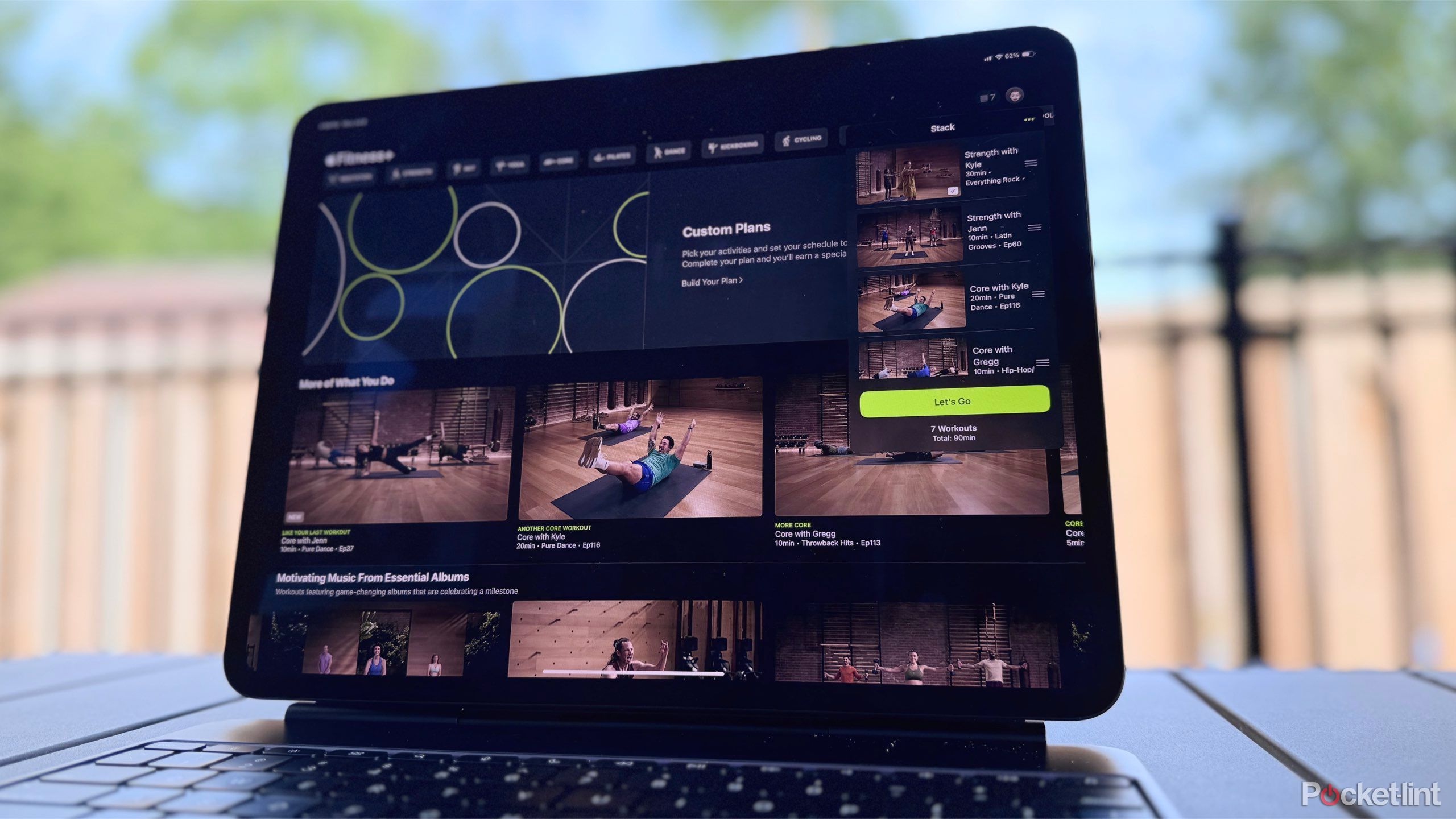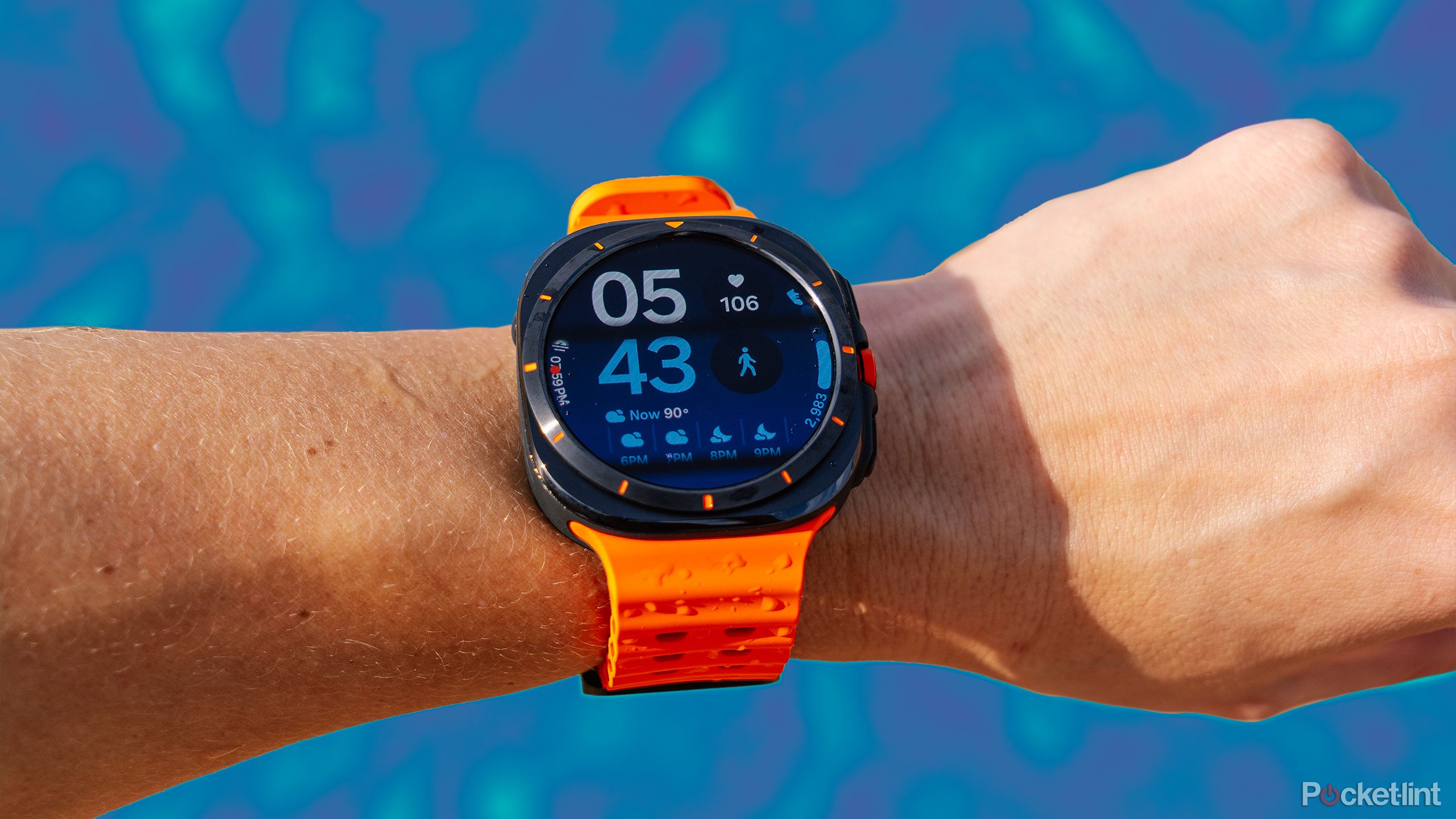Fitness
Does smart tech really add that much to your fitness regiment?

Key Takeaways
- Basic fitness is possible without any sort of smart tech in hand.
- It’s when you get to intermediate or advanced levels that you may need help with logging and metrics.
- The motivation to get fit has to exist with or without expensive consumer tech.
I’m pretty plugged into the world of smartwatches and other fitness trackers, and a recurring theme is people crediting them for getting in shape. Apple Watch owners in particular will point to the Activity rings in the Fitness app, which encourage people to move every day. There are equivalents elsewhere, of course, such as the Heart Points in Google Fit, and the incredible amount of data available in Garmin Connect. That’s not even touching on the usefulness of apps like calorie counters and workout loggers.
Do you actually need smart tech to get fit, though? It can seem that way initially, given the scope of everything there is to absorb. But that’s not necessarily true — I’ll break things down by the areas smart tech is meant to address.
Improving nutrition and hydration
The foundation of fitness
Optimizing nutrition is unavoidable if you want to get fit — whether “fit” means losing fat, benching 200 pounds, or running a 5K. Food is fuel, and accordingly, you need the right amounts to accomplish your goals.
Calorie-counting apps like Cronometer and MyFitnessPal can go a long way towards revealing problems in your diet, as long as you’re honest and record everything. You’ll discover just how many empty calories you’re consuming through beer or sugary drinks, for example. Indeed they can give you a better sense of your intake and output, not to mention whether you’re meeting macronutrient targets, by which I mean protein, carbs, and fat. People often consume too many carbs and too little protein.
Calorie-counting apps can go a long way towards revealing problems in your diet.
That said, you can usually forego calorie counters once you’ve established a diet you’re ready to stick with (treats aside), and it’s possible to count calories manually if you’ve got nutrition labels handy. Some of the fittest people on Earth tweak their diet based on intuition — they eat a little more if they’re sluggish at the gym, or less if they notice they’re gaining fat too quickly. That does take experience to get right.
You can skip smart nutrition tech entirely if you learn essential concepts, the most basic being that calories in should exceed the calories out if you want to bulk, and vice versa if you want to cut. As for macronutrients, weightlifters use the rule that you should eat one gram of protein per pound of target (lean) bodyweight. The complete scientific picture is more complex, naturally — but that’s something you can explore without an app or fitness tracker. Wearables can sometimes lead you astray — even the best ones tend to be a few hundred calories off in estimated calorie burn, so you’ll have to experiment with your nutrition to dial things in.
Smart tech is absolutely pointless for hydration, so forget about buying a smart water bottle or logging liters in an app. As long as you drink whenever you’re hot or thirsty, you’ll get enough.
Logging your workouts
How thorough do you need to be?
Logging is unimportant if all you want to do is become less sedentary. If you’re glued to a chair, simply walking 30 minutes a day will do wonders. When that doesn’t feel like enough, you can walk further, or start jogging the same distance until it feels effortless.
It’s people who have specific athletic goals who need to worry about details. When you’re training for your first marathon, for example, you need to plan routes, and gradually increase the distance you go until you hit 26.2 miles (42 kilometers). Weightlifters, meanwhile, are regularly adjusting sets, reps, and weight totals across a range of exercises, and some people find those hard to remember without jotting them down. It’s one of the reasons why people pay for pre-formulated programs.
All of this can be tracked on paper if you’ve got the time, which is something I occasionally spot others doing at the gyms I visit. Often, even a notebook is unnecessary — I’ve memorized my personal lifting routines, and I’m experienced enough to understand progressive overload.
Smart tech may be necessary for peak performance, mostly because you get access to more complicated metrics. Competitive runners need to know things like their cadence or VO2 max; lifters often like to adjust weights in dynamic percentages. All athletes are typically concerned with factors like efficiency and training readiness, the latter based on how tough sessions have been versus overall health.
It’s worth remembering though that some of the most famous athletes were born generations before smartphones or smartwatches. It’s not like Schwarzenegger was wearing a Garmin watch when he won Mr. Olympia.
Is digital coaching worth it?
A complicated situation
Braden Newell/Pocket-lint
I’ll be upfront in saying that I have limited experience with coaching apps myself. I started running and lifting before those apps were common, and at this point they’re mostly redundant for me — I know what I’m doing, it’s just a question of optimizing things and following through.
From what I’ve seen, there’s certainly value in coaching apps/services like Apple Fitness+, Peloton, and Couch to 5K if you’re at the beginner or early intermediate levels. Learning good form and session programming can be tough, and you’ll at least get some sort of grounding with them. Some apps will even train you all the way to completing a marathon.
Learning good form and session programming can be tough, and you’ll at least get some sort of grounding with them.
When it comes to exercises like yoga or running, however, I’ve found these apps aren’t as comprehensive. Fitness+, for example, isn’t about to train you for heavy barbell lifts. Most people don’t have the necessary equipment at home, and I suspect some companies are worried about liability — the last thing Apple wants is a lawsuit from someone who tried squatting 300 pounds too early.
Really, most people will do well by buying a trusted training book/program and watching videos if they need help with specific exercises. If that’s not enough, you may want to turn to an in-person trainer. Check their credentials before shelling out cash — if you want to learn bodybuilding, for instance, you should train with a competitive bodybuilder.
If you want to learn bodybuilding, for instance, you should train with a competitive bodybuilder.
Monitoring your health
Skepticism is your ally
This is the area where smart tech is probably the least essential. With solid nutrition, form, and programming, there’s often no need to monitor stats like your heart rate or blood oxygen. As long as you don’t have any chronic conditions and you’re pushing yourself reasonably hard, you’ll go far.
Health sensors can make it possible to work around chronic conditions, however, and will help optimize your performance — if you know how to interpret the data. If your heart rate normally sits at 90 beats per minute between sets but it’s currently at 110, for example, that might mean you’re overloading yourself, or stressing out too much about the next lift. Runners often aim to stay in a particular heart rate zone, and I can’t imagine doing that without some sort of sensor strap.
Regardless of whether you’re chasing peak athleticism, skepticism is called for. Consumer wearables can be surprisingly accurate sometimes, but they’re not bulletproof, and they may be useless for some metrics. Mainly I’m thinking of sleep — they sometimes fail to get duration right, never mind analyzing whether you’re in light or REM sleep. They may be useful for detecting hidden conditions like atrial fibrillation and sleep apnea, but you’d have to deal with those with or without trying to get fit.
Really, most people just need to pay attention to their bodies, learning to push further when they can and back off when things are unsustainable. Regular doctor visits are in order too, especially if you have any concerns.
Do you actually need smart tech to get fit?
Don’t succumb to tech lust
Strictly speaking, no. Smartphones, apps, and wearables will always make the process more convenient, but you can do plenty without them, and there’s nothing complicated at all if you’re just trying to get off the couch. Some activity is better than nothing.
It’s important to avoid treating smart tech as some sort of magic key.
Typically, I’ve found its people at the intermediate and advanced levels who may have a hard time getting along without smart tech. Breaking through plateaus involves eking out any advantage you can, and it’d be ridiculous to ignore the consumer tech available if fitness matters that much to you. I wouldn’t be pulling the weights I am now if tech wasn’t giving me a better sense of my calorie balance.
No matter which camp you’re in, it’s important to avoid treating smart tech as some sort of magic key. Don’t think buying an Apple Watch Ultra will turn you into a beast, or even motivate you to do better — drive and discipline has to exist without a few hundred dollars on your wrist.











